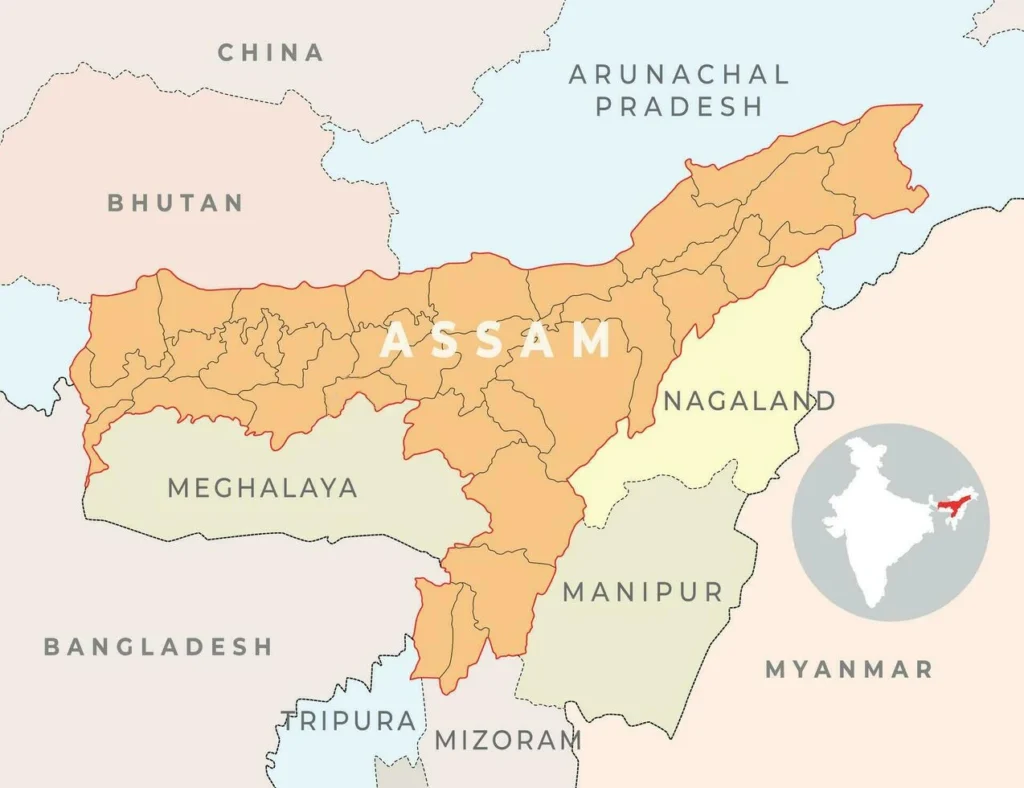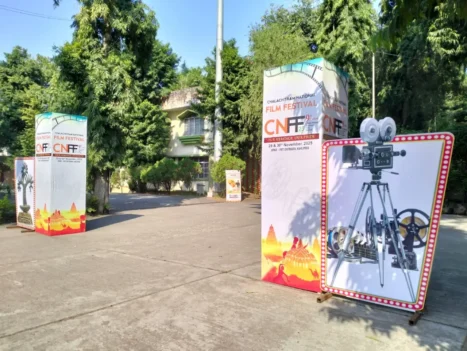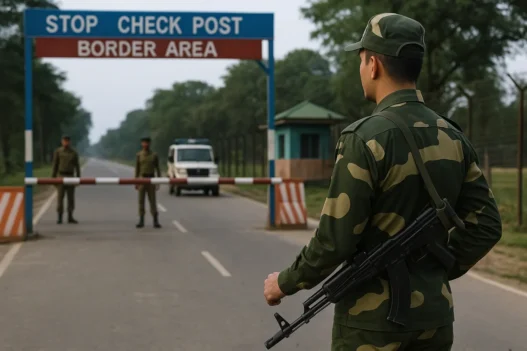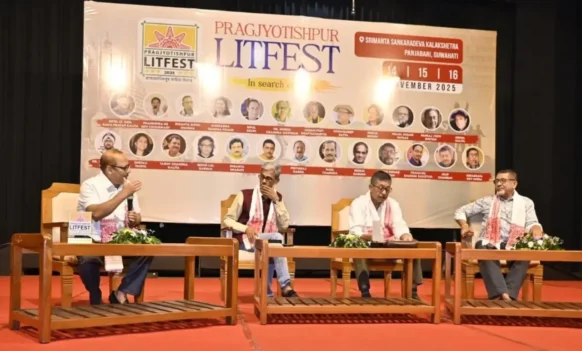The porous stretches of the India–Bangladesh border have long been a source of unease since Partition, and the recent political upheavals in Dhaka have only deepened those concerns. For Indian authorities and villagers living along the frontier, the problem is twofold: on one hand, infiltration by Bangladeshi nationals fleeing unrest or seeking opportunity, and on the other, the danger of smugglers and armed groups exploiting these vulnerabilities. The challenge is to secure the border without trampling upon the rights of genuine citizens whose lives are most directly affected.
In response, state governments have adopted a mix of strategies. Assam has intensified deportation drives and eviction operations, while Meghalaya has opted for community-based vigilance, supported by curfews in sensitive stretches. The Border Security Force (BSF), India’s first line of defence, has bolstered surveillance with night-vision cameras and upgraded weapons. Yet, despite these measures, reports of infiltration, robberies, and smuggling of cattle, drugs, and contraband remain frequent — particularly in Assam, Meghalaya, and West Bengal.
The situation took a violent turn in Meghalaya’s South West Khasi Hills on August 8, when armed intruders from across the border attacked a village, stabbing a civilian, damaging property, and attempting to kidnap a villager. The swift joint response of the BSF, Meghalaya Police, and Village Defence Parties led to the arrest of four suspects. One of them, identified as Akram from Sherpur, Bangladesh, later died during treatment. From the group, authorities recovered a Bangladesh Police identity card, wireless sets, handcuffs, wire cutters, and Bangladeshi currency — raising unsettling questions about the organised nature of such incursions.
In the wake of the attack, Meghalaya authorities tightened security. The East Khasi Hills district administration imposed a night curfew within one kilometre of the border, restricting movement from 8 pm to 6 am under Section 163 of the Bharatiya Nagarik Suraksha Sanhita (BNSS). Of Meghalaya’s 444-kilometre-long border with Bangladesh, nearly one-fifth remains unfenced, leaving villages vulnerable. The state government also dispatched a three-member panel — including Vice Chairman of the Border Area Development Committee Kitborlang Nongrem, former MLA Himalaya M. Shangpliang, and Mendipathar legislator Marthon J. Sangma — to assess the affected villages of Khonjoy, Rongdanggai, and Maheshkhola. Their report is expected to highlight the persistent risks posed by unfenced and porous stretches often used for smuggling and infiltration.
Assam, meanwhile, has adopted a harder line. Authorities have been carrying out a continuing process of deporting people suspected of being “illegal Bangladeshis.” Only on Monday, state police deported 36 Bangladeshi nationals from Sribhumi and South Salmara, following the earlier deportation of 10 individuals this month. Chief Minister Himanta Biswa Sarma has framed these actions as part of the state’s determined effort to curb cross-border infiltration. “They will be sent back to where they belong,” he declared on X, while also emphasising that their presence can distort demographic patterns and erode the rightful claims of native communities.
Parallel to deportations, the Assam government has stepped up eviction drives. Over 1.29 lakh bighas of land have been reclaimed from alleged illegal settlers occupying government land, forests, and grazing reserves. Sarma noted during an inspection at Uriamghat in Golaghat district that some families had occupied hundreds of bighas of land, adding that encroachments on Village Grazing Reserves, Professional Grazing Reserves, satras, naamghars, and forest areas will be cleared gradually.
Yet these measures have produced friction on the ground. Rights activists and residents allege that in some cases, genuine citizens have been wrongfully pushed back into Bangladesh. Some of those expelled have reportedly returned, while others have filed legal cases against the authorities and security forces, challenging the state’s actions.
A separate but equally significant development came when the Supreme Court intervened in eviction proceedings in Golaghat District. On August 22, a bench of Justices P.S. Narasimha and Atul S. Chandurkar ordered a status quo on evictions in villages including Negheribill, Gelajan, Bidyapur, Rajapukhuri, Uriamghat, and adjoining areas. The Court acted on a Special Leave Petition filed by residents who claimed to be long-settled inhabitants. They argued that the eviction notices — issued under the Assam Forest Regulation, 1891 — ignored statutory safeguards under the Forest Rights Act, 2006 and the Land Acquisition and Rehabilitation laws. Many petitioners pointed to decades of continuous residence and state recognition through ration cards, electricity connections, and voter ID enrolments.
By halting the process, the Supreme Court underscored a larger question that hovers over Assam’s borderlands: how should the state balance the drive against infiltration with the rights and dignity of citizens who have lived for generations in these areas?







